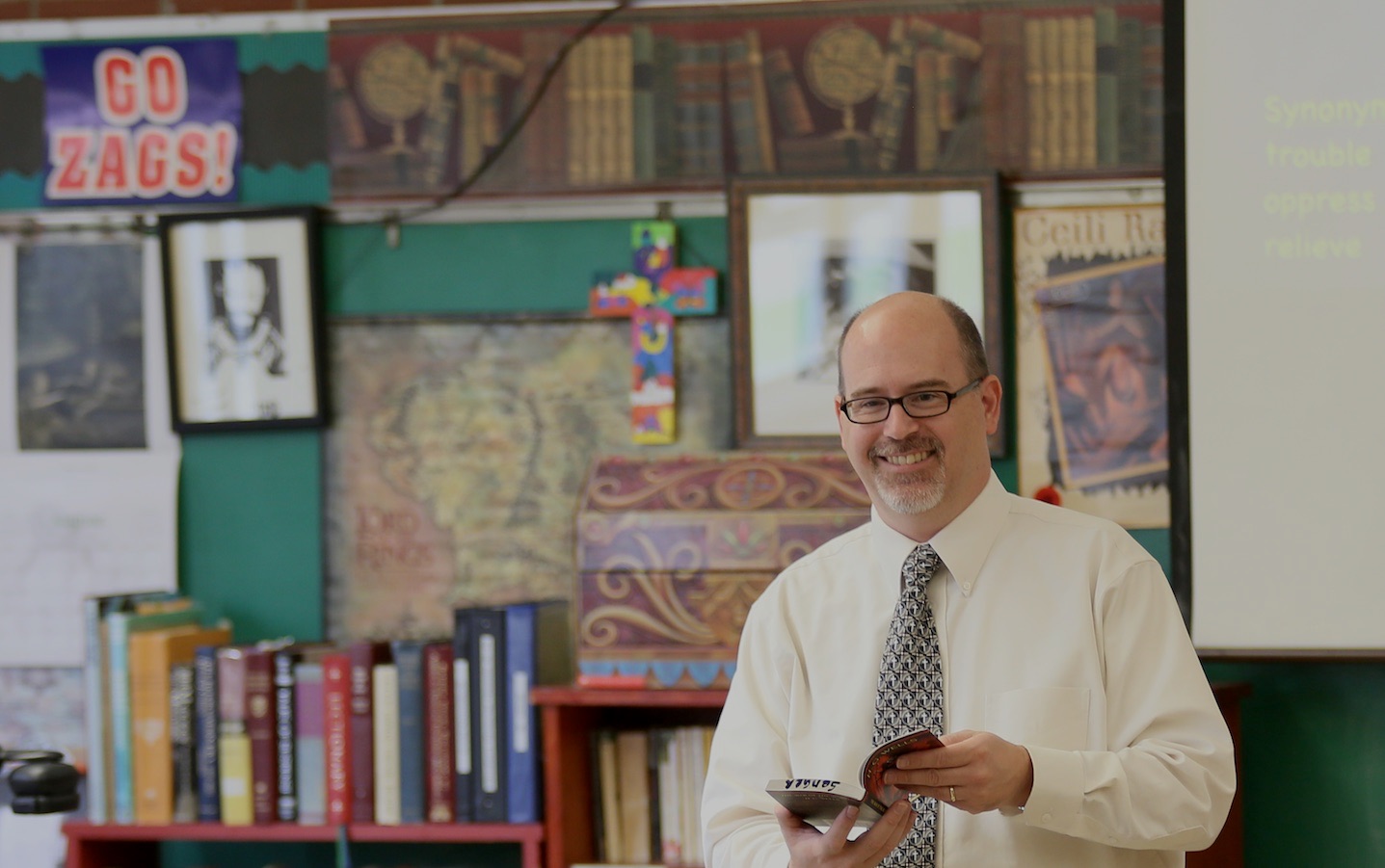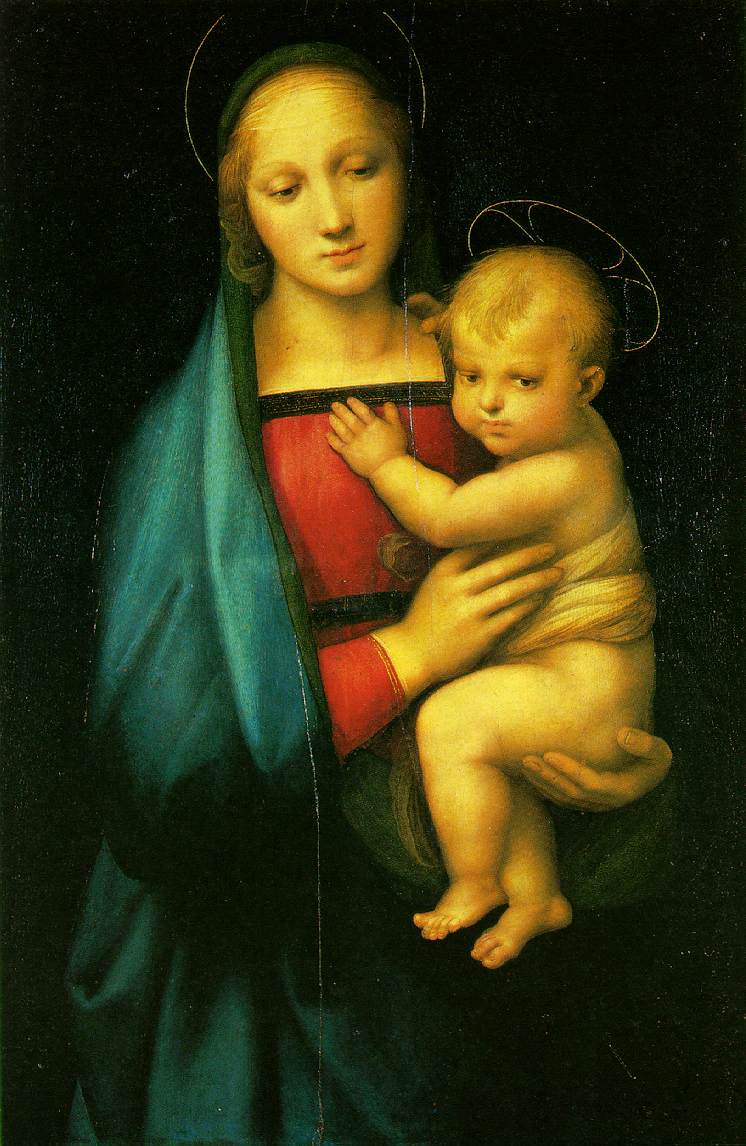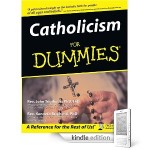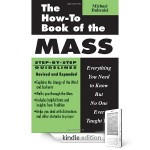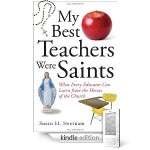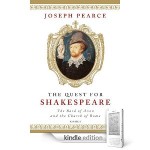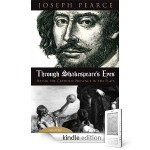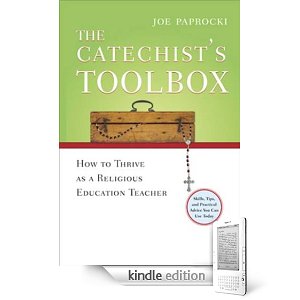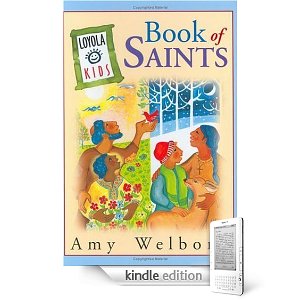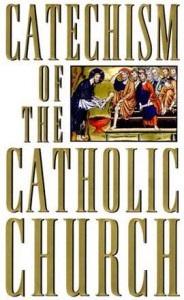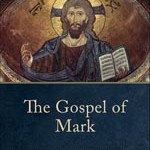With the feast of Our Lady of the Rosary coming up on October 7, the following two Kindle books are excellent resources for preparing to explain the rosary to students.
Praying the Rosary, by Megan Mckenna. Doubleday. Printed Length: 272 pp. Kindle Price: $9.99.
Internationally acclaimed author Megan McKenna gives this Catholic tradition enriched modern relevance in a completely up-to-date guide to praying the Rosary, designed for general readers and incorporating the recent additions made by Pope John Paul II.
As a speaker, teacher, and bestselling Catholic author, Megan McKenna has informed and inspired audiences both in- and outside of the Catholic tradition with her warmhearted, contemporary approach to spirituality. Now she turns her attention to the Rosary, revealing the universality of this ancient practice and how it can enrich lives today.
Praying the Rosary—the act of counting off prayers with a string of beads in a rhythm of focused spiritual contemplation—is a practice that has existed for centuries and is common to many faiths. For the world’s one billion Catholics it has become the most popular form of devotion. Though strongly associated with
the Virgin Mary, the prayers of the Rosary are ultimately meant to bring those who say them closer to Jesus Christ, whose life and teachings are central to all branches of the Christian faith. This gives the Rosary an ecumenical dimension that is in sync with today’s emphasis on the common bonds, rather than the divisions, among all Christians. In 2002, Pope John Paul II updated the Rosary by adding a new section on the teachings of Jesus, further emphasizing the centrality of Christ and the biblical Gospels at the heart of the prayers. Embracing this ecumenical attitude in Praying the Rosary, Megan McKenna explores the Rosary and explains how to pray it, incorporating the Pope’s recent additions and revealing its relevance to a new generation. She breaks down the Rosary into its twenty components, prefacing each with a selection from Scripture that identifies the prayer’s source in the Bible. Combining practical instruction with meditative reflections on the prayer’s spirituality, she reveals the Rosary’s richly contemplative nature and shows how praying the Rosary can inspire peaceful, calm attitudes, and an awareness of the universal spiritual mystery that connects all Christians. –Amazon.com
The Rosary: A Path into Prayer, by Liz Kelly. Loyola Press. Printed Length: 174 pp. Kindle Price: $9.56.
An introduction to the rich tradition of rosary devotion, with new material on the recently added
luminous mysteries.
The rosary is a central element in the prayer lives of countless people, though it is still often neglected and misunderstood. The Rosary, an updated and revised version of The Seeker’s Guide to the Rosary (Loyola Press, 2001), is a comprehensive look at the history, practice, and benefits of rosary devotion. Designed to introduce the reader to the mysteries of this simple meditative prayer, author Liz Kelly gently guides the reader on an exploration of this powerful prayer that is well suited even to this modern world.
